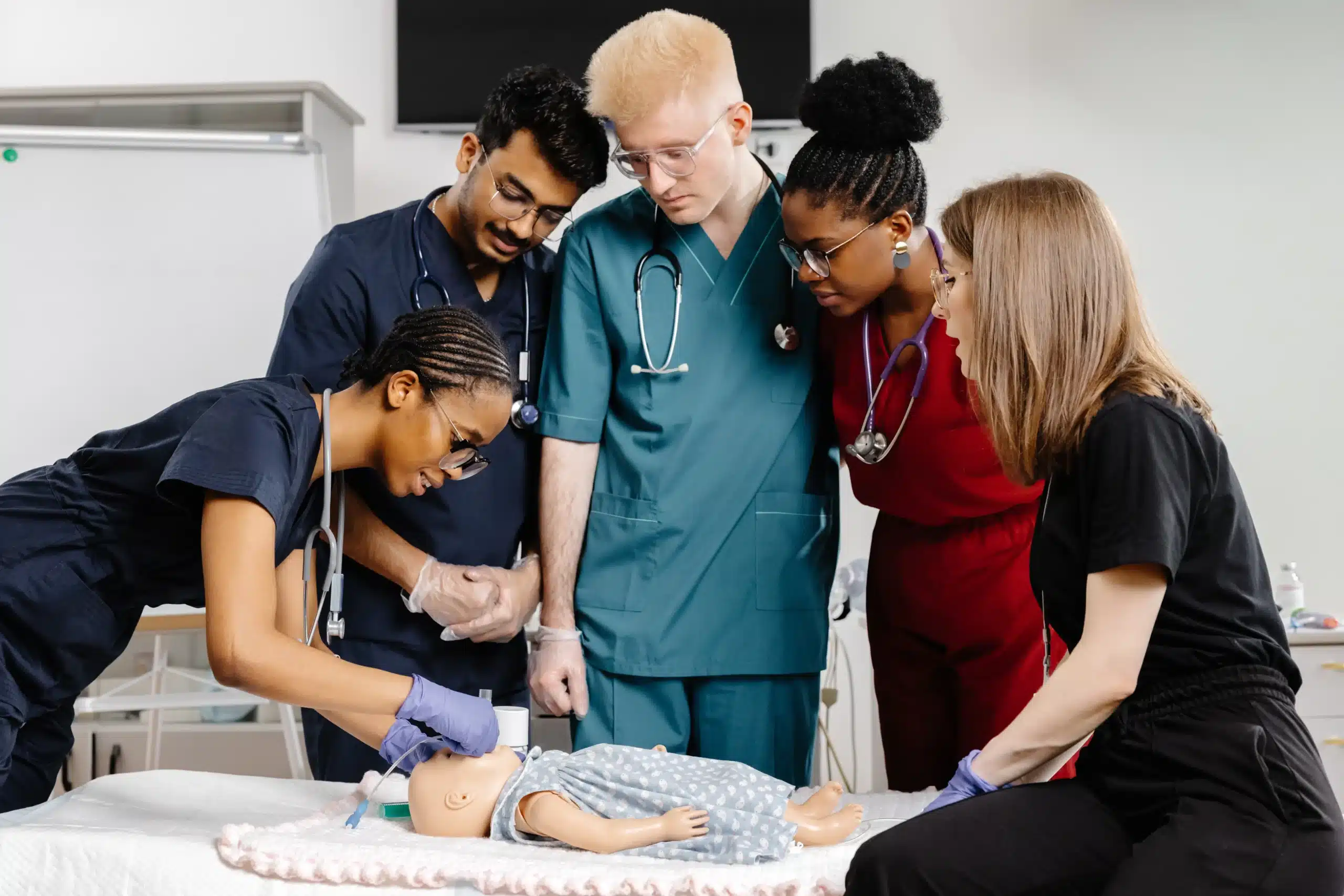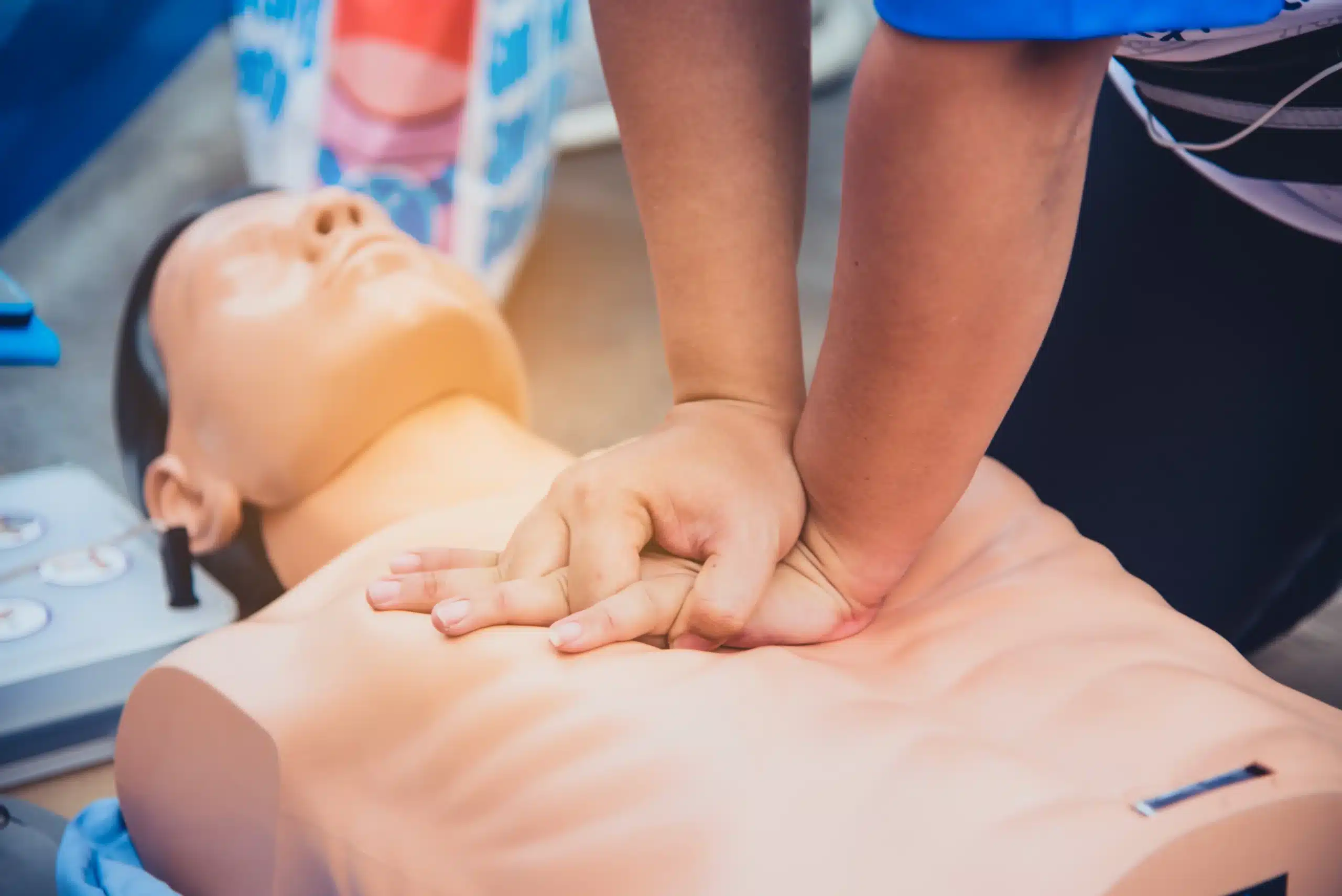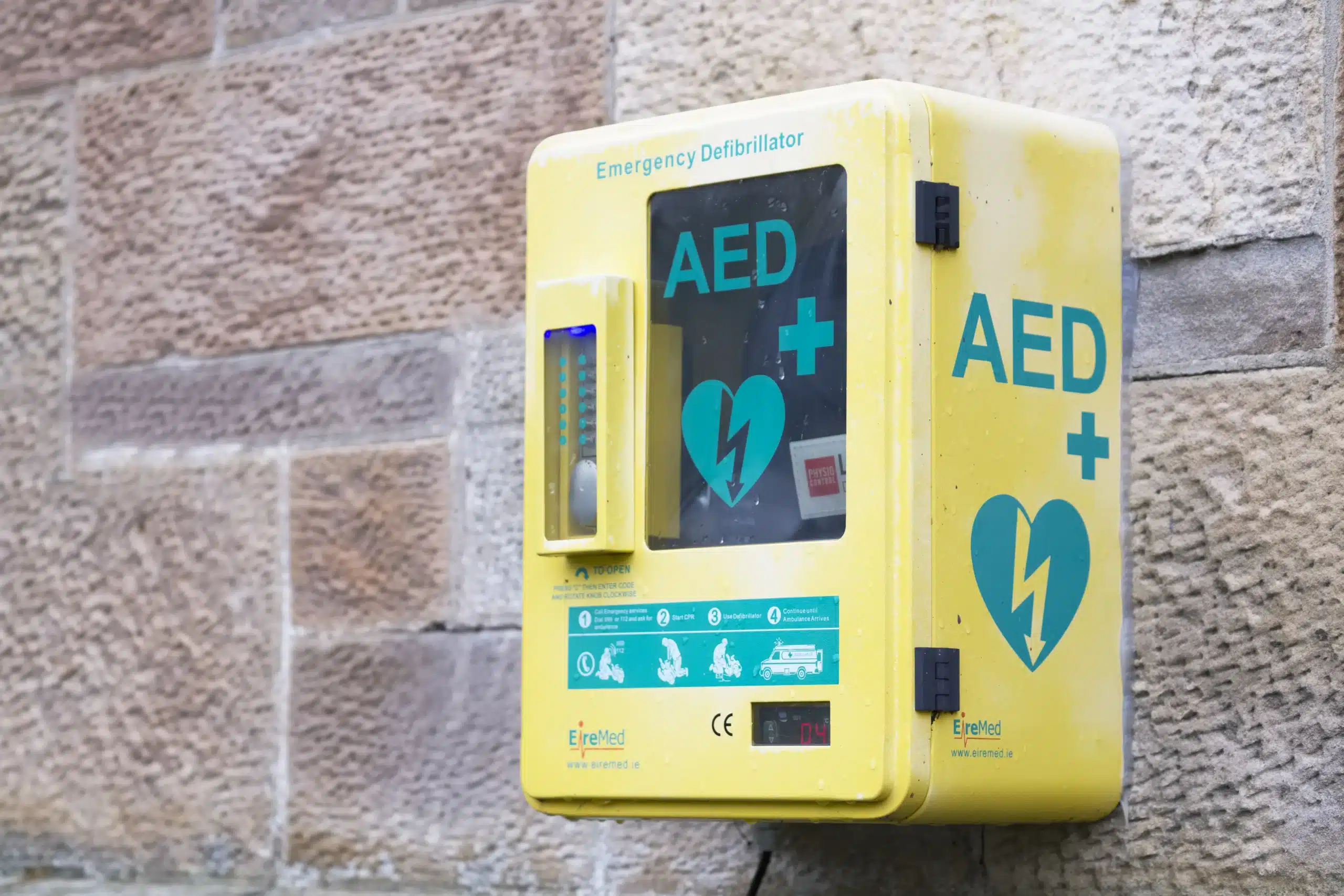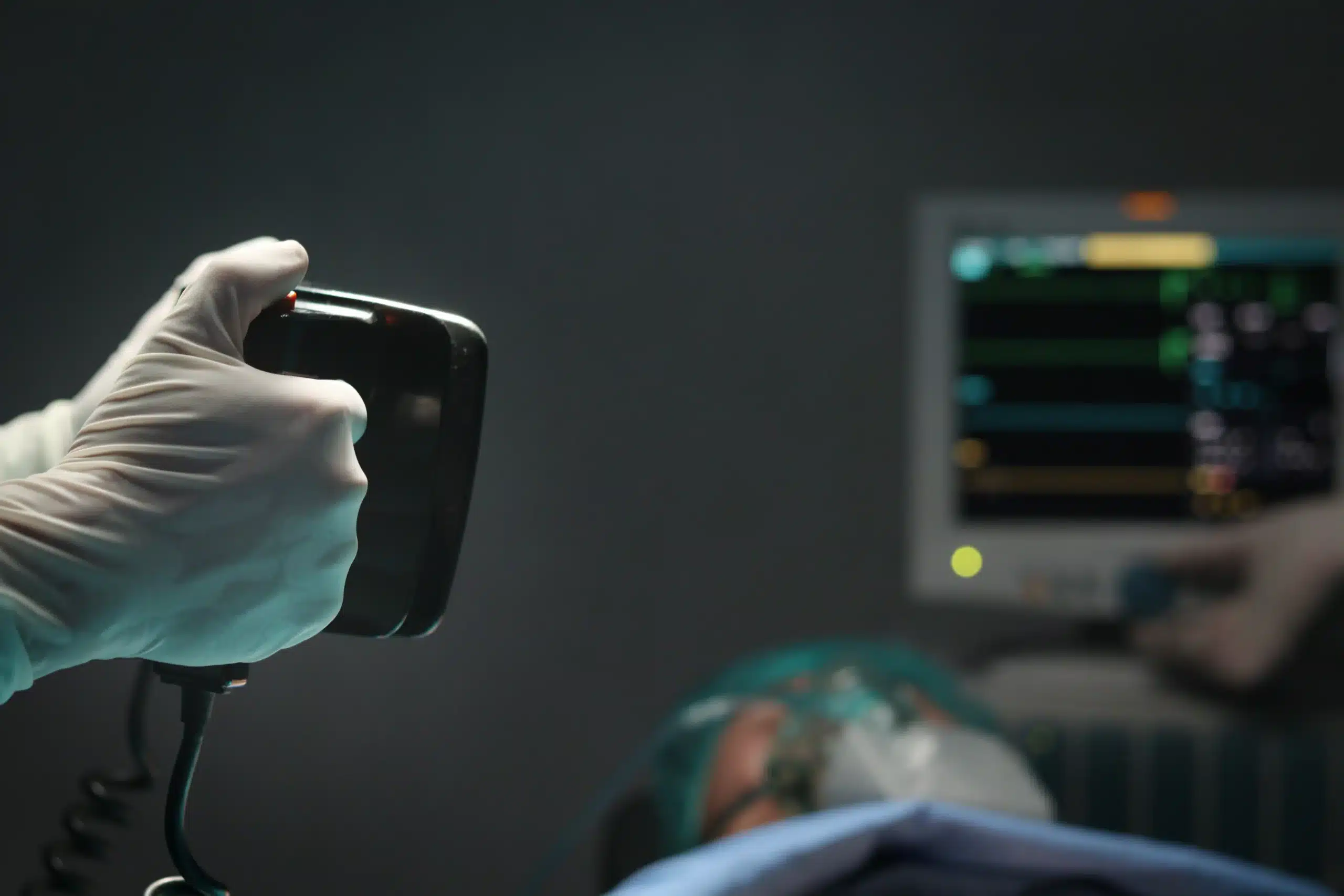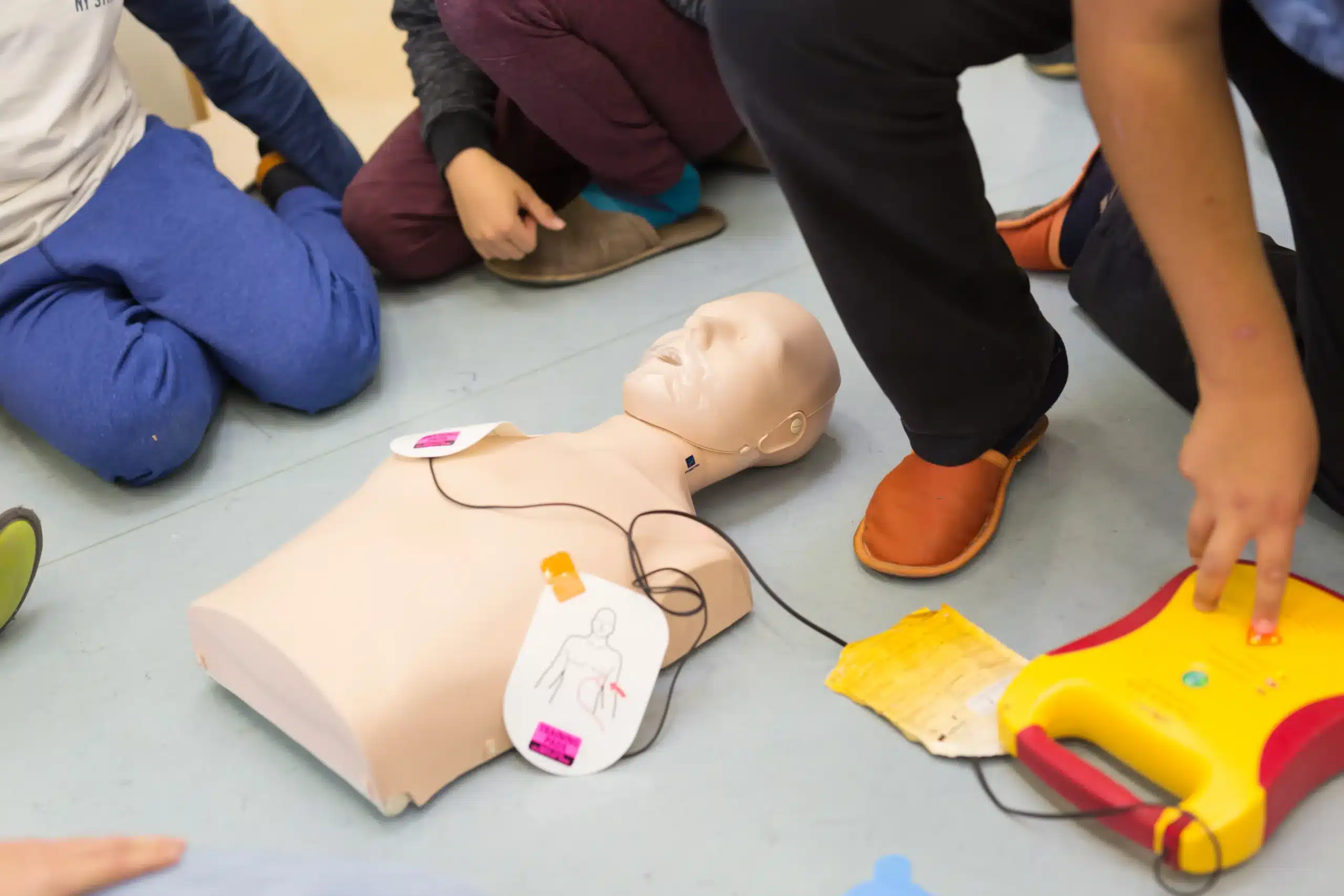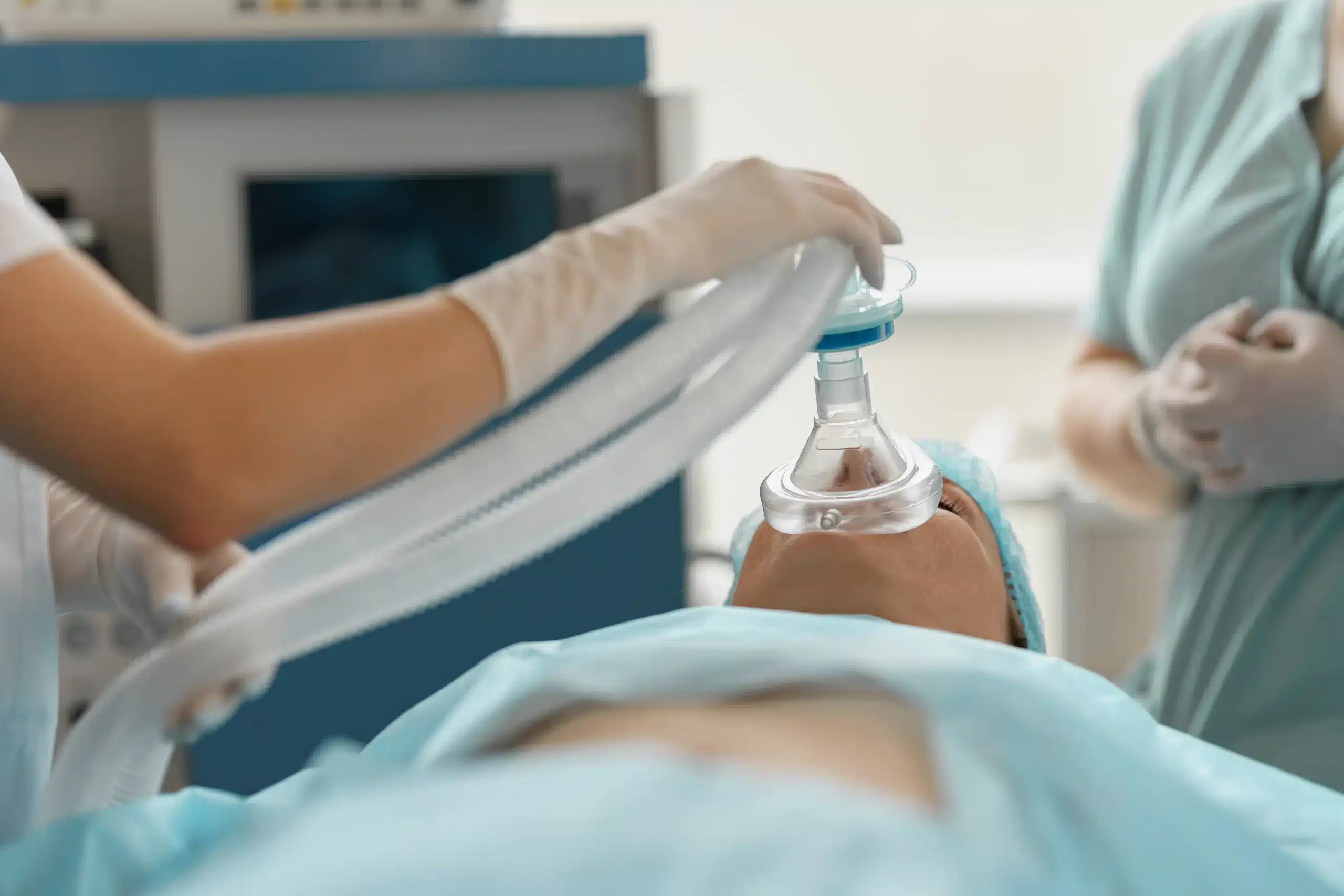Working or living in Oakland means being part of a vibrant community, and knowing how to respond to medical emergencies can make a real difference. This guide focuses on finding the perfect BLS classes in Oakland for you. We’ll break down what Basic Life Support (BLS) entails, why it’s important, and how it goes beyond standard CPR. Whether you’re a medical student, a healthcare professional, or simply someone who wants to be prepared, this guide will help you understand the value of BLS certification. We’ll explore key skills, common myths, and the differences between BLS and CPR. Plus, we’ll offer practical advice on choosing a provider, preparing for your first class, and maximizing your learning experience.
Key Takeaways
- BLS builds upon CPR fundamentals: It equips healthcare providers and anyone interested in advanced life support with the skills to manage various medical emergencies, including cardiac arrest and respiratory distress.
- Choosing the right BLS course matters: Seek out a reputable provider offering American Heart Association certified courses. Consider factors like flexible scheduling, class size, and cost when making your decision.
- Staying current with BLS skills is essential: Regular practice and timely recertification ensure you’re always prepared to respond effectively in critical situations. This ongoing commitment reinforces your ability to provide confident and competent care.
What is BLS?
Basic Life Support (BLS) is a more advanced level of training than standard CPR. It’s designed for healthcare professionals, first responders, and anyone who wants a deeper understanding of life-saving techniques. BLS certification covers everything in CPR and adds techniques for managing cardiac arrest, respiratory distress, and airway obstructions. It equips you with the skills to respond effectively in various medical emergencies.
What is BLS & Why is it Important?
BLS certification is essential for anyone working in healthcare. It provides the foundational skills needed to respond to life-threatening situations. BLS training teaches essential techniques like CPR and how to use an AED (automated external defibrillator). Many healthcare employers require current BLS certification as a condition of employment. It demonstrates your commitment to patient safety and your ability to provide high-quality care. For those outside the healthcare field, holding a BLS certification can be a valuable asset, increasing your preparedness for emergencies.
Key BLS Skills
In a BLS course, you’ll learn CPR for adults, children, and infants, including how to use an AED. You’ll also learn how to relieve airway obstructions in different age groups. Beyond these core skills, BLS courses emphasize critical thinking and teamwork, crucial in high-pressure emergency situations. These skills help you assess situations quickly, make informed decisions, and work effectively with a team to provide the best possible care. You can find BLS certification and renewal courses in Oakland, CA.
BLS vs. CPR: What’s the Difference?
While both are life-saving techniques, key differences exist between BLS and CPR. CPR focuses on the basics: chest compressions and rescue breaths for someone in cardiac arrest. BLS builds upon those skills, adding more advanced techniques for managing a wider range of medical emergencies. Think of CPR as the foundation, with BLS offering a more comprehensive approach to patient care. The Red Cross offers more information on the differences between BLS and CPR.
Common BLS Myths
Several misconceptions surround BLS training. Some believe it’s only for healthcare professionals or only applies to cardiac arrest. The truth is, BLS training can benefit anyone who wants to be prepared for a medical emergency. It covers various situations, from choking to respiratory distress. BLS certification is valuable for any workplace. Another myth is that BLS certification takes a long time or could lead to legal trouble. In reality, BLS courses are designed to be efficient and provide you with the confidence to act in emergencies without fear of repercussions. Learn more about common misconceptions surrounding BLS.
Top Oakland BLS Providers
Finding the right BLS provider is key to a positive and effective learning experience. Here are a few reputable options for BLS certification in Oakland:
Safety Training Seminars
Safety Training Seminars offers a range of American Heart Association courses, including BLS certification. Conveniently located in Oakland, they provide accessible training for residents of Alameda, Oakland, and Berkeley. They focus on excellent customer service, low prices, and offer discounts for group classes. Their BLS courses cover essential life-saving skills and techniques.
American Red Cross
The American Red Cross is a well-known provider of BLS certification and renewal training in Oakland. Their courses emphasize real-world scenarios, giving participants practical experience in CPR, AED use, and airway management for adults, children, and infants.
CPR Certification Oakland
CPR Certification Oakland is an American Heart Association Certified Training Site, offering high-quality BLS and First Aid training. They’re known for their engaging and informative approach to instruction.
Alameda County EMS Agency
The Alameda County EMS Agency plays a vital role in the local emergency medical system. While they may not directly offer BLS certification courses, they often serve as a valuable resource for information on training opportunities and community health initiatives. Check their website for the latest details.
Oakland Fire Department
The Oakland Fire Department is dedicated to community safety and often partners with organizations to provide safety training. While they may not directly offer BLS classes, they can be a good starting point for finding local training resources. Contact them directly or check their website for more information.
What Happens in a BLS Class?
So, you’re signed up for a BLS class—now what? Here’s a preview of what you can expect, from the moment you walk in the door to earning your certification.
Class Length & Format
A typical BLS certification takes about four and a half hours. Group classes, especially those customized for a specific workplace, sometimes run a bit longer. Expect a mix of instruction, demonstrations, and hands-on practice. You’ll be actively participating throughout the session, not just sitting and listening. Safety Training Seminars offers group discounts, making it a cost-effective option for workplaces needing to certify multiple employees.
Course Content & Practice
BLS classes cover a wide range of life-saving techniques. You’ll learn adult, child, and infant CPR, how to use an AED (automated external defibrillator), and how to relieve airway obstructions. The curriculum uses real-life scenarios to help you understand how to respond in different emergencies. You’ll have plenty of opportunities to practice these skills, building the confidence to act quickly and effectively in a real crisis. BLS training also addresses team dynamics and communication—essential skills for healthcare providers working in emergency situations. It’s more than just technical skills; it’s about preparing you to manage various emergencies as part of a team. For healthcare providers in Alameda, Oakland, and Berkeley, Safety Training Seminars offers convenient locations and a low price guarantee.
Get Certified: Process & Validity
To become certified, you’ll need to demonstrate your skills and pass both a written and skills test. The passing score for the AHA BLS course is 84% or higher. Once you pass, you’ll receive your BLS certification, valid for two years. After that, you’ll need to recertify to keep your skills sharp. Safety Training Seminars makes recertification easy with their streamlined RQI program.
Online vs. In-Person Classes
While in-person classes are the traditional route, many organizations now offer blended learning options. The American Red Cross, for example, combines online modules with in-person skills sessions. This format lets you learn the course material at your own pace before practicing your skills with a certified instructor. This flexibility can be a great option if you have a busy schedule.
Cost & Value
The cost of a BLS class varies depending on the provider and whether you combine it with First Aid training. You can generally find classes for around $65, while CPR and First Aid combined typically cost around $85. While cost is a factor, consider the invaluable skills you’ll gain. BLS certification can open doors to new career opportunities and, most importantly, empower you to save lives. Check with Safety Training Seminars for their latest pricing and any available discounts.
Find the Right BLS Class
Finding the right BLS class means considering several key factors, from the provider’s reputation to class schedules and cost. Let’s break down what to look for to ensure you get the best possible training.
Choosing a Provider: What to Look For
Look for a training provider accredited by a recognized organization like the American Heart Association. This ensures the course content meets industry standards and your certification will be widely accepted. Safety Training Seminars, for example, offers American Heart Association BLS classes in Oakland. Check if the provider is also approved by your employer or licensing board, if applicable. Reading reviews and testimonials can give you a sense of other students’ experiences.
Class Schedules & Flexibility
Life gets busy, so finding a class that fits your schedule is essential. Look for providers that offer various class times, including evenings and weekends. Safety Training Seminars is known for its flexible scheduling and responsive customer service, making it easier to find a time that works for you. Consider whether you prefer online, blended learning, or in-person classes, and choose a provider that offers your preferred learning format.
Instructors, Class Size & More
A positive learning environment is crucial. Experienced, engaging instructors can make the material easier to understand and remember. Knowledgeable instructors who create a supportive atmosphere are key to a good learning experience. Class size matters too. Smaller classes often allow for more personalized attention and interaction with the instructor. Also, check out the training facilities and equipment—make sure they’re up-to-date and well-maintained.
Prerequisites & Requirements
Before signing up, understand any prerequisites. BLS certification often focuses on healthcare providers and those in related fields, so some programs may require proof of your current professional status. Clarify any requirements with the provider beforehand to avoid any surprises.
Discounts & Deals
BLS training is a valuable investment, but it doesn’t have to be expensive. Many providers offer discounts for groups, students, or organizations. Safety Training Seminars is known for its competitive pricing and often has special offers available. Check their website or contact them directly to inquire about potential discounts and explore options that fit your budget.
Get the Most Out of BLS Training
Now that you’ve decided to get your BLS certification, here’s how to make the most of it. From prepping for your first class to understanding the long-term benefits, we’ll cover everything you need to know.
Prepare for Your First Class
Before your first BLS class, set yourself up for success. Carve out enough time—a typical BLS certification course takes about 4.5 hours. Customized group training sessions sometimes require more time. Dress comfortably and bring a notebook and pen to jot down key takeaways. A little preparation goes a long way!
Practice Your Skills
BLS isn’t just about memorizing steps; it’s about mastering life-saving skills. Regular practice is key to keeping your skills sharp. Consider taking refresher courses or practicing with colleagues. Your BLS course will also cover essential soft skills like critical thinking and teamwork, so pay attention to those aspects as well.
Continuing Education & Recertification
Your BLS certification is valid for two years. Mark your calendar and plan for recertification in advance. Staying current with the latest guidelines and techniques ensures you’re always prepared to provide effective care. American Heart Association BLS certification is especially important for medical professionals because it covers essential life-saving techniques like CPR and using an AED.
Career Benefits of BLS
Having a current BLS certification is often a job requirement in healthcare and related fields. It shows your commitment to patient safety and professional development. For many healthcare roles, BLS certification is a cornerstone of your qualifications.
BLS & Community Impact
BLS training empowers you to respond effectively in emergencies, making a real difference in your community. By becoming certified, you join a network of trained individuals ready to assist in critical situations. Don’t let any misconceptions about BLS training hold you back. It covers a wide range of emergencies, equipping you with the skills to handle various situations. BLS training teaches healthcare providers how to respond to breathing and cardiac emergencies, including how to perform CPR.
Related Articles
- BLS Certification Alameda: The Ultimate Guide – Oakland CPR Classes
- BLS Certification in Oakland for Healthcare Providers – Oakland CPR Classes
- BLS Renewal in Alameda: Your Easy Guide – Oakland CPR Classes
- CPR Myths Exposed: Truth Behind Common Misconceptions
- BLS ACLS PALS Courses in Oakland: Your Complete Guide – Oakland CPR Classes
Frequently Asked Questions
Is BLS certification difficult to obtain?
BLS courses are designed to be straightforward and accessible, regardless of your background. They combine instruction, demonstrations, and hands-on practice, making learning engaging and effective. You’ll need to demonstrate your skills and pass a written exam, but with proper preparation, certification is well within reach.
How often do I need to renew my BLS certification?
BLS certification is typically valid for two years. Staying current with the latest guidelines and best practices is essential, so renewing your certification on time is crucial for maintaining your skills and credentials.
What’s the difference between online and in-person BLS classes?
Both online and in-person classes cover the same core BLS content. Online classes offer flexibility, allowing you to learn the material at your own pace. In-person classes provide hands-on practice and direct interaction with instructors. Blended learning options combine the benefits of both formats.
How much does a BLS class cost?
The cost of BLS training varies depending on the provider and the type of course. Look for providers offering competitive pricing and discounts for groups or organizations. Consider the long-term value of the skills you’ll gain when making your decision.
Why should I choose Safety Training Seminars for my BLS certification?
Safety Training Seminars offers high-quality, American Heart Association-certified BLS courses in convenient Oakland locations. They’re known for their excellent customer service, competitive pricing, group discounts, and efficient RQI program for recertification. They serve Alameda, Oakland, and Berkeley, making them a great local option.
